sticky floor mats
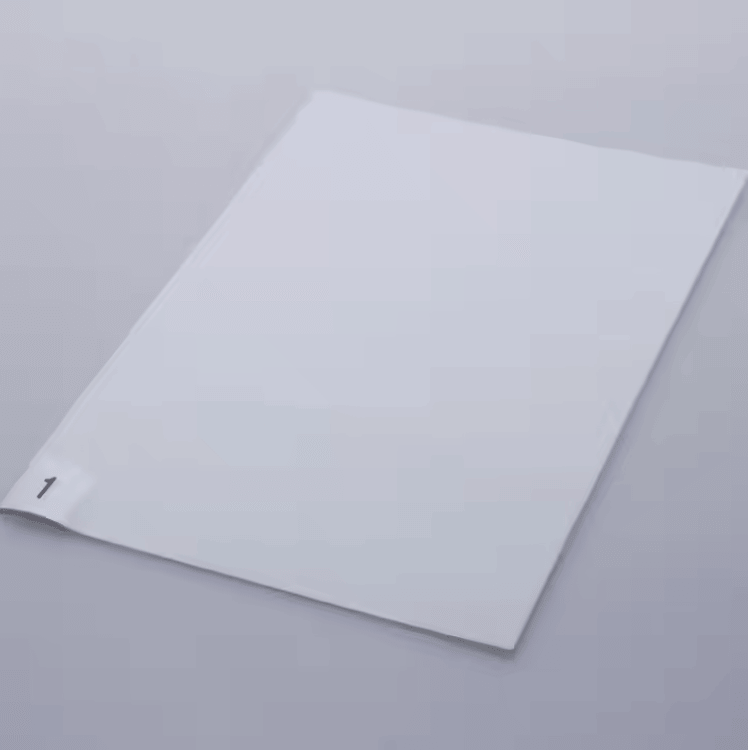
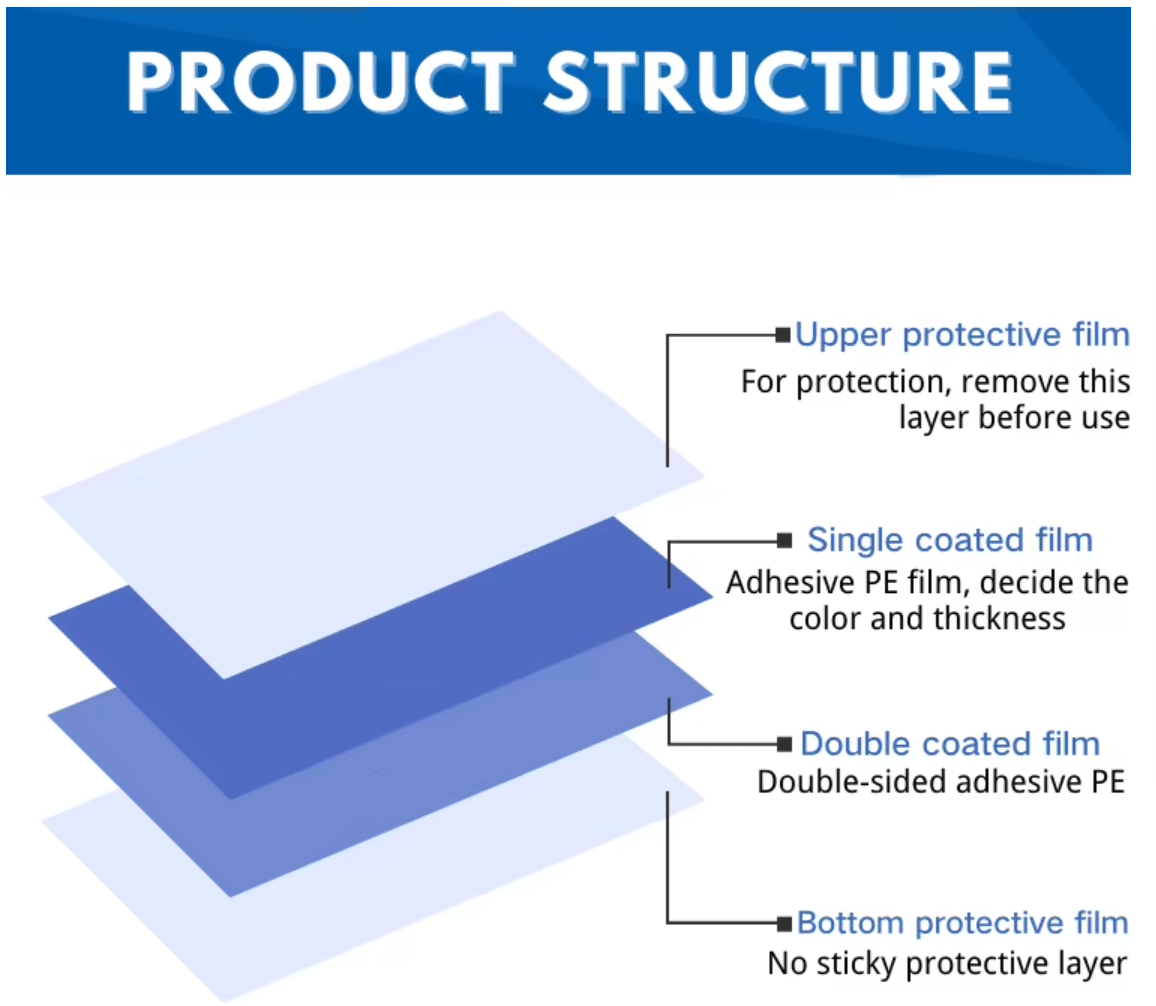
Sticky floor mats are adhesive mats designed to trap dirt, dust, and debris from shoes, wheels, and equipment as they enter or exit a specific area. They are often used in environments where cleanliness is crucial, such as cleanrooms, construction sites, hospitals, and industrial areas, to prevent contaminants from being carried into sensitive or controlled spaces.
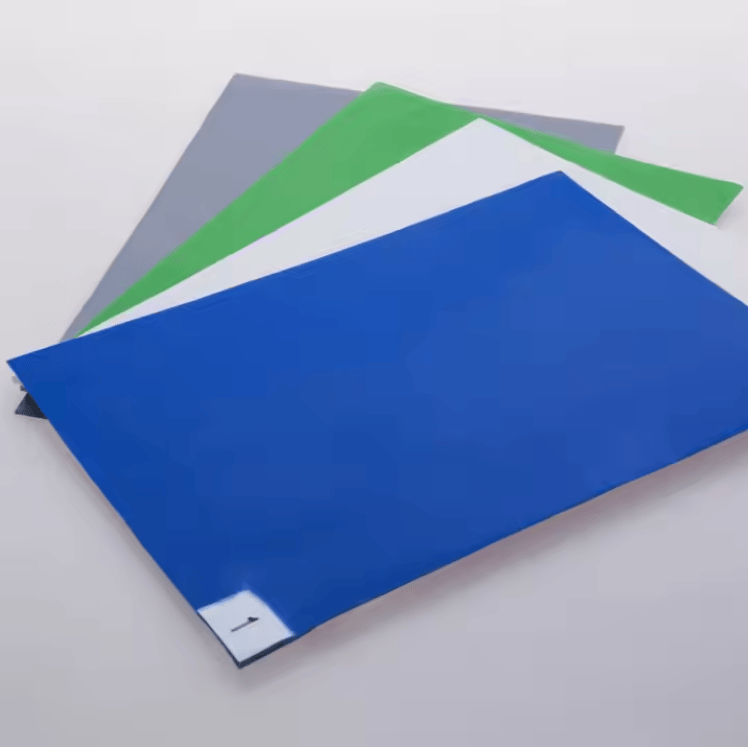
Adhesive Surface: The mats have a sticky, high-tack surface that grabs dirt, dust, and debris from shoes, wheels, and other items that come in contact with it.
Multiple Layers: Sticky floor mats are typically made with multiple layers of peel-off sheets. Once the top layer gets dirty, it can be peeled away to expose a clean sheet underneath.
Non-transferable Adhesive: The adhesive is designed to pick up particles without leaving any sticky residue on shoes or surfaces.
Disposable: After all layers of the mat have been used, it’s discarded and replaced with a fresh mat.
Cleanrooms and Laboratories: To prevent contaminants from entering highly controlled environments, such as semiconductor labs, pharmaceutical production areas, and research labs.
Construction Sites: Helps to remove dirt, mud, and debris from workers' shoes and equipment before they enter clean areas, such as offices, hallways, or finished spaces.
Hospitals and Healthcare Facilities: To keep clean areas free of dirt, bacteria, and other contaminants, reducing the risk of infection or contamination.
Industrial Zones: Used at the entrance of warehouses, factories, or other industrial spaces to prevent contaminants from spreading to clean areas or offices.
Food Production Areas: Helps maintain cleanliness in food manufacturing or packaging environments by controlling dirt and particles.
Automotive or Manufacturing: Keeps areas clean where assembly or product manufacturing takes place, particularly when dealing with sensitive components or materials.
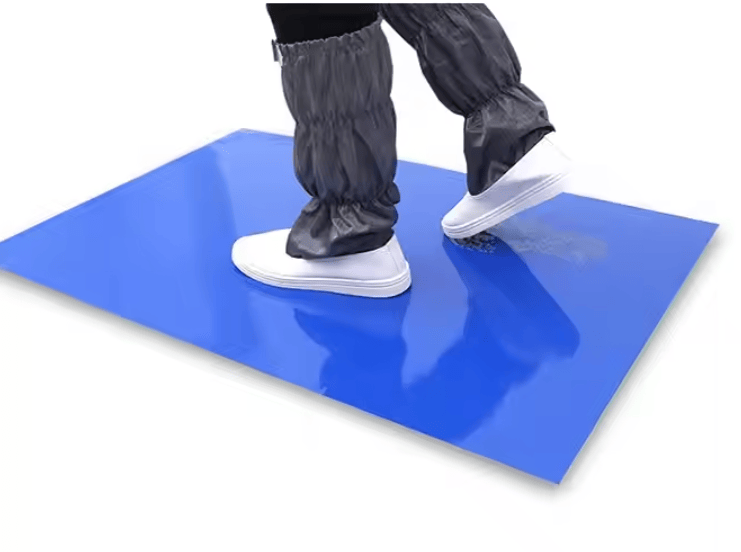
✅ Prevents Contamination: Sticky floor mats remove dirt, dust, and debris from shoes and wheels, preventing them from contaminating clean areas.
✅ Protects Clean Spaces: Keeps cleanrooms, labs, hospitals, and sensitive environments free of unwanted particles.
✅ Easy to Maintain: When the top layer of the sticky mat becomes dirty, it can simply be peeled off and discarded, exposing a fresh layer.
✅ Cost-Effective: Sticky mats provide an affordable solution to control contamination and reduce the need for extensive cleaning.
✅ Non-Residue Formulation: The adhesive is designed to trap contaminants without leaving residue on shoes, wheels, or floors.
1️⃣ Place the mat in a high-traffic area where people or equipment will pass through. Common placement includes entrances, exits, or anywhere people or equipment enter a clean or controlled space.
2️⃣ Peel off the protective film on the adhesive side to expose the sticky surface of the mat.
3️⃣ Allow people or equipment to pass over the mat. As shoes or wheels come in contact with the mat, the sticky surface will pick up dirt, dust, and debris.
4️⃣ Peel off the top sheet once it becomes dirty. The mat is made with multiple layers of adhesive sheets, so you can continue to use the mat until all layers have been used.
5️⃣ Replace the mat when all sheets have been used. Dispose of the old mat and place a fresh one in its place.
Position mats at high-traffic entry points to prevent contamination from entering the clean or sensitive area.
Monitor the mat regularly to ensure it’s still effective. Replace the top layer once it’s visibly dirty.
Don’t overlap mats—each mat should be used as a separate unit for maximum effectiveness.
Ensure the mat is properly aligned on the floor so it doesn’t shift or slide when in use.
In areas with heavy foot traffic, consider using larger sticky mats or placing multiple mats in sequence.
✅ Reduces Contaminant Spread – Prevents dust and debris from being tracked into clean or sensitive areas.
✅ Improves Cleanliness – Helps maintain a clean, contaminant-free environment, especially in industries like electronics, healthcare, and food production.
✅ Saves Time and Money – Reduces the need for additional cleaning in sensitive areas.
✅ Easy to Use and Replace – Simply peel off the dirty layer and replace with a fresh one.
✅ Low Maintenance – Requires minimal upkeep; just peel and replace layers as needed.
In summary, sticky floor mats are an easy, effective, and cost-efficient solution to control contamination by trapping dirt, dust, and debris at entry points. Whether on a construction site, in a cleanroom, or in a healthcare facility, they help keep controlled environments clean and reduce the need for additional cleaning or maintenance.
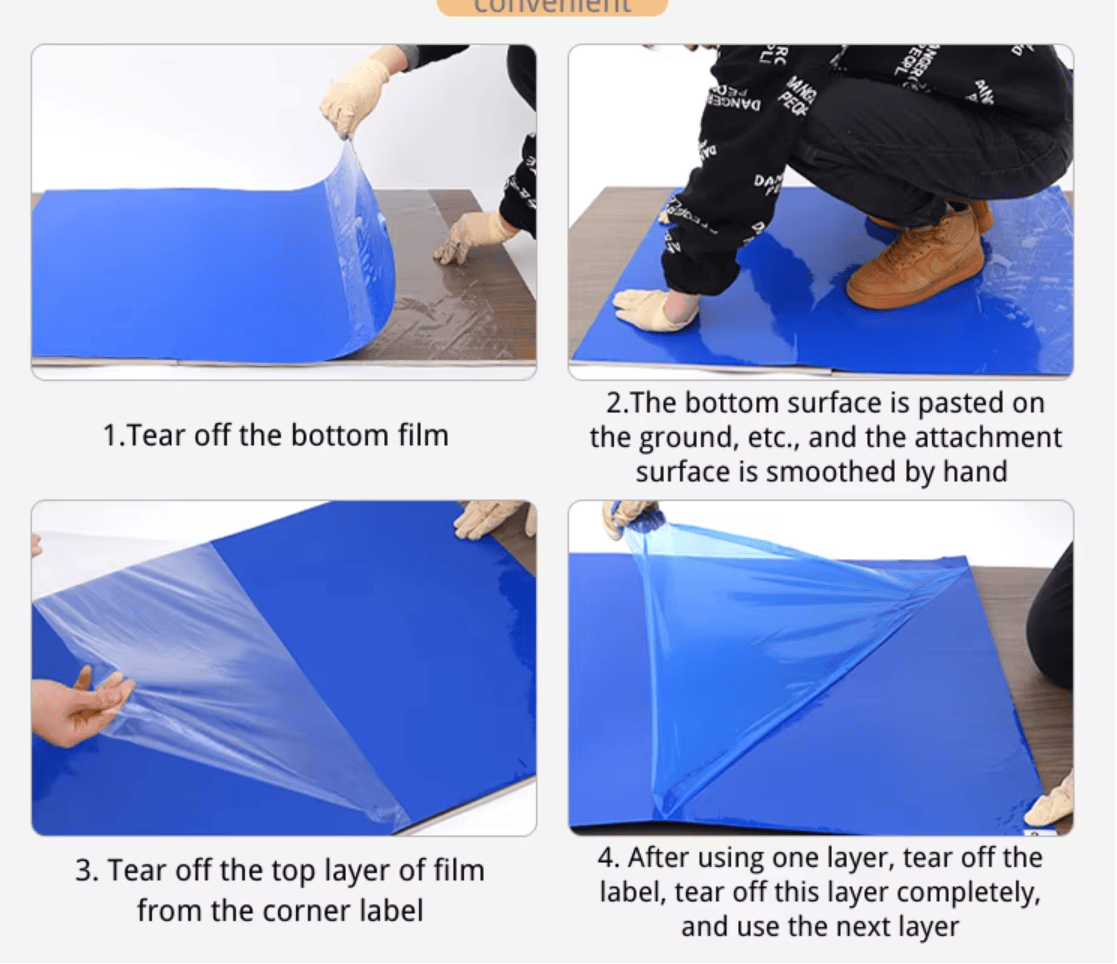
Delivery is prompt!
By 10-year industry experts!
Diverse payment methods available!
Unbeatable cost performance!